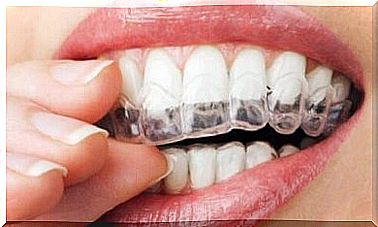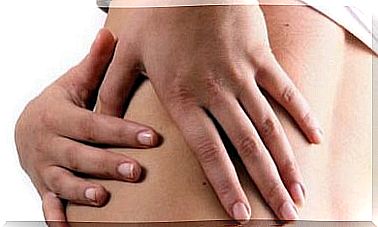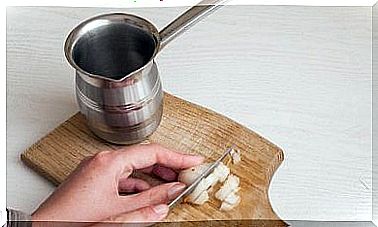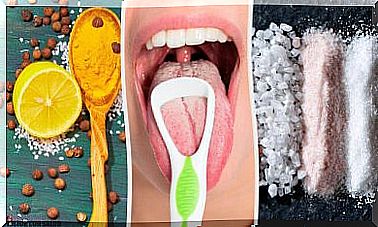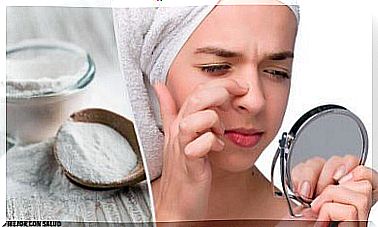Chlorhexidine: Antiseptic For Various Purposes
Chlorhexidine is a drug that is used very frequently all over the world, especially for oral hygiene. Find out how and when to use it today.
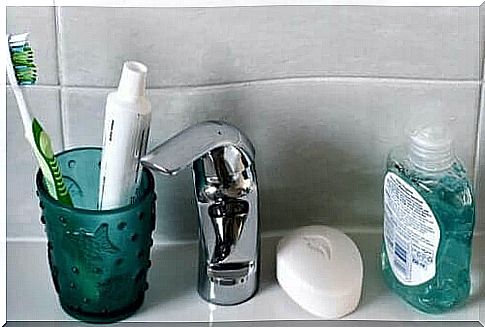
Chlorhexidine is an antiseptic that inhibits the spread of bacteria that lead to wound infections. This drug is used to reduce the number of germs and to support the healing process.
The difference between an antiseptic and a disinfectant is that disinfectants destroy the microorganisms on dead objects. An antiseptic like chlorhexidine, on the other hand, works against bacteria on living tissues such as the skin.
Chlorhexidine is usually used for inflammation of the mouth and throat. This is intended to slow down bacterial growth in the event of a sore throat, bad breath or after a dental or orthodontic procedure. This medicine acts on the lining of the mouth by slowly desorbing it for up to eight hours. For this reason, mouthwashes with chlorhexidine two to three times a day are recommended.
Information about chlorhexidine
As already mentioned, this antiseptic is often used for minor injuries to the oral mucosa. Treatment can be generalized or localized depending on the size of the area that requires treatment.
Generalized treatment
If you have frequent canker sores or other mouth complaints, you probably know chlorhexidine. It is recommended to use it in the form of a mouth rinse after brushing your teeth. Various toothpastes also contain chlorhexidine in their formulation.
Localized treatment
If there are specific injuries, you can use a spray. This is very advantageous in the following cases, for example:
- Localized mouth injuries
- Injuries on the tongue
- After a surgical intervention

Chlorhexidine for inflammation of the mouth and throat
Usually this drug is used in diluted concentrations (0.2%, 0.12% or 0.10%). There are gels, sprays and toothpaste. Mouth rinses are used 30 minutes after brushing your teeth, with 15 ml of the solution being rinsed in the mouth for 30 seconds.
A spray is usually used to treat localized injuries, for example after dental or maxillofacial surgery. This has the advantage that it can be applied to a specific area and so the effect is stronger.
However, this spray should not be used over a long period of time as it can stain teeth. The gums can also become discolored. However, these side effects will go away as soon as you stop using chlorhexidine.
Recommended use
Many people use this solution right after brushing their teeth, just like a normal mouth rinse. But it is better to wait half an hour. Because chlorhexidine is incompatible with various ingredients of toothpaste. These include, for example, sodium lauryl sulfate and sodium monofluorophosphate.
Other external uses of chlorhexidine
This antiseptic is also used externally to prevent the spread of a wide range of microorganisms. It has several advantages, such as not being abrasive or irritating. Plus, it doesn’t interact with the blood. The toxicity is very low, so this drug can also be used in open wounds such as cuts, abrasions or burns are used.
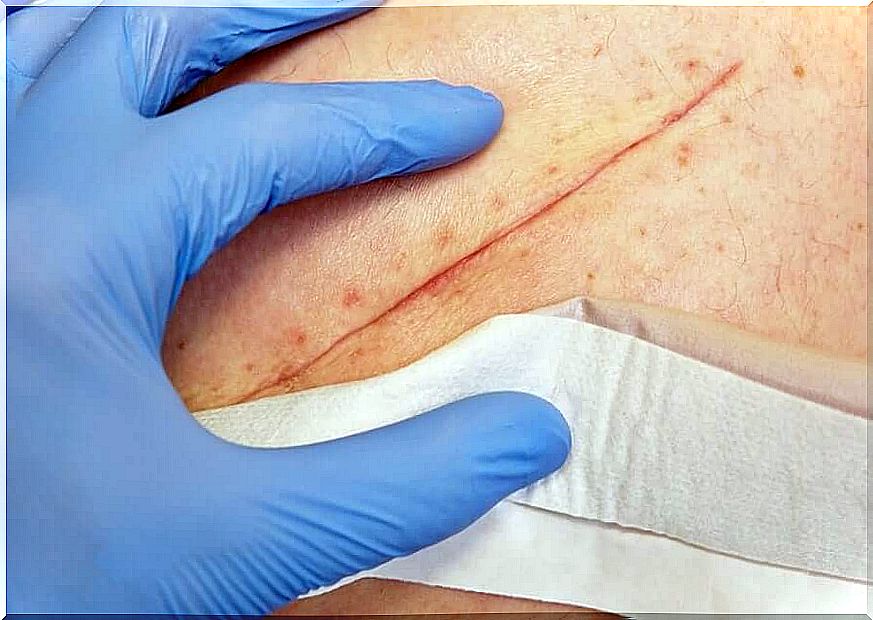
Side effects
This antiseptic has no side effects to speak of. However, in exceptional cases, allergic symptoms and rashes can occur at the application site.
Long-term use of chlorhexidine, for example to treat the oral cavity, can, as already mentioned, cause stains on teeth or gums and intensify discoloration caused by coffee or tobacco.
Chlorhexidine: a very important antiseptic
It is a very effective antiseptic that inhibits the spread of bacteria and fungi. This is why chlorhexidine is widely used around the world and has been placed on the list of essential drugs by the World Health Organization (WHO).

